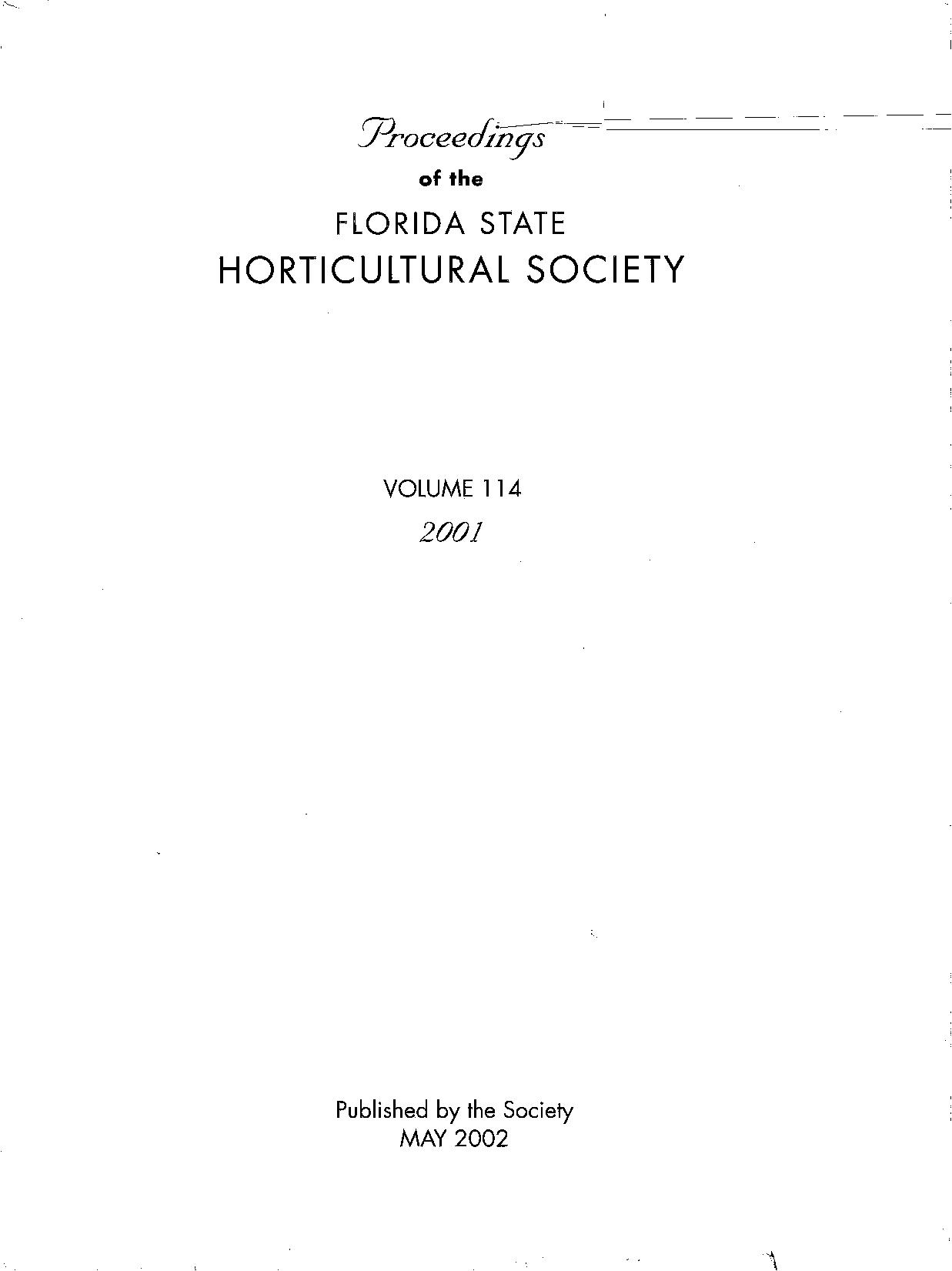Krome Memorial Institute (Tropicals)
Timing and concentration of hydrogen cyanamide sprays affect bud development, flower mortality, and hasten fruit maturity of blueberry
Abstract
The effects of hydrogen cyanamide (H2CN2) sprays on vegetative and reproductive bud growth and development wereevaluated for 'Misty' southern highbush blueberry (V. corym
bosum L. hybrid) and 'Climax' rabbiteye blueberry {Vaccinium
ashei Reade). 'Climax' plants were sprayed with 0 or 1% H2CN2
(v/v) at each of several time intervals or flower bud growth stag
es following either 270 or 600 hours of continuous artificial
chilling. 'Misty' plants were sprayed with 0,1 or 2% H2CN2 (v/v)
immediately after exposure to 0, 150 or 300 hours of continu
ous artificial chilling. H2CN2 application to 'Climax' plants at 3
days after forcing (DAF) and at 10-30% stage 3 flower bud de
velopment dramatically accelerated leafing with only minimal
flower bud injury. For 'Misty', vegetative budbreak was in
creased and advanced by both H2CN2 spray concentrations, regardless of pre-treatment chilling levels; the number of vegetative budbreaks per plant increased with increased spray concentration. Timing of anthesis did not appear to be affected by H2CN2, but fruit maturity was hastened. Increased pre-treatment chilling alone also hastened fruit development. Enhanced fruit maturity date appears to be due primarily to increased and accelerated vegetative budbreak, which probably increased leaf:fruit ratios during fruit development. Greater flower bud mortality from H2CN2 occurred in non-chilled plants than in those chilled for 150 or 300 hours, especially at 2% H2CN2. These results indicate that H2CN2 has potential value in stimulating vegetative bud development, which potentially hastens maturity in blueberries grown under the mild winter conditions of the southeast United States. However, spray concentration and timing will be critical to successful use of this compound.

